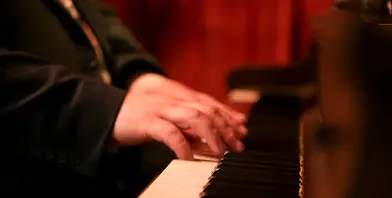
Chords are one of the building blocks of music. In this article, we’re going to take a look at the different types of chords and how to use them in your music.
Introduction
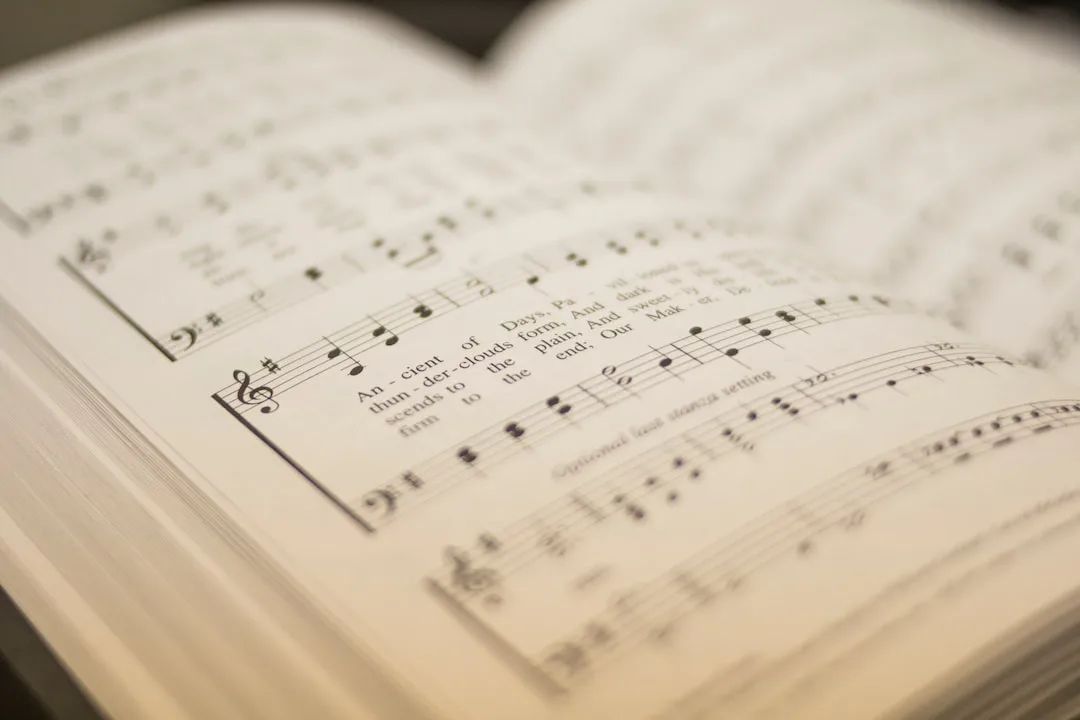
A chord is simply two or more notes played together. When you play two or more notes together on your guitar, you are playing a chord.
In music theory, there are three types of chords: major chords, minor chords, and diminished chords. We’ll take a look at each type of chord in turn.
A chord progression in music is a standardized music notation subject that distinguishes the poem to the chord combinations that most frequently occur in the opening stanzas of each book of the Bible in the course of a given strophe (hymn or poem). This means that a different harmonic progression will be chosen for each stanza and each strophe.
Chords, or chord progressions, can be any combination of named notes that form a separate building that can be added to a song to change the vibe of it. Chords are therefore like the building blocks of the keyboard that can give the song its toughness. Some chords that you'd hear in popular music are the "C" and the "G#m" chords. The "C" chord combines the notes "C" and "E" on the keyboard. The "G#m" chord combines the notes of "G"
Why You Should Use Chords in Your Songs

Not using chords in your music would be a mistake. Chords allow you to create more dynamic and interesting songs.
Most people learn how to play a guitar song by only strumming the chord at the beginning, and ending, of the songs.
Chords allow for a vastly larger range of subtleties during heavy instruments and vocals.
Chord progressions open your music up to permit more freedom, motifs, and time to develop and expand musically.
Chords are more complex and to develop them the easiest it's to start playing with them and see what happens.
Introducing the Tonic Chord
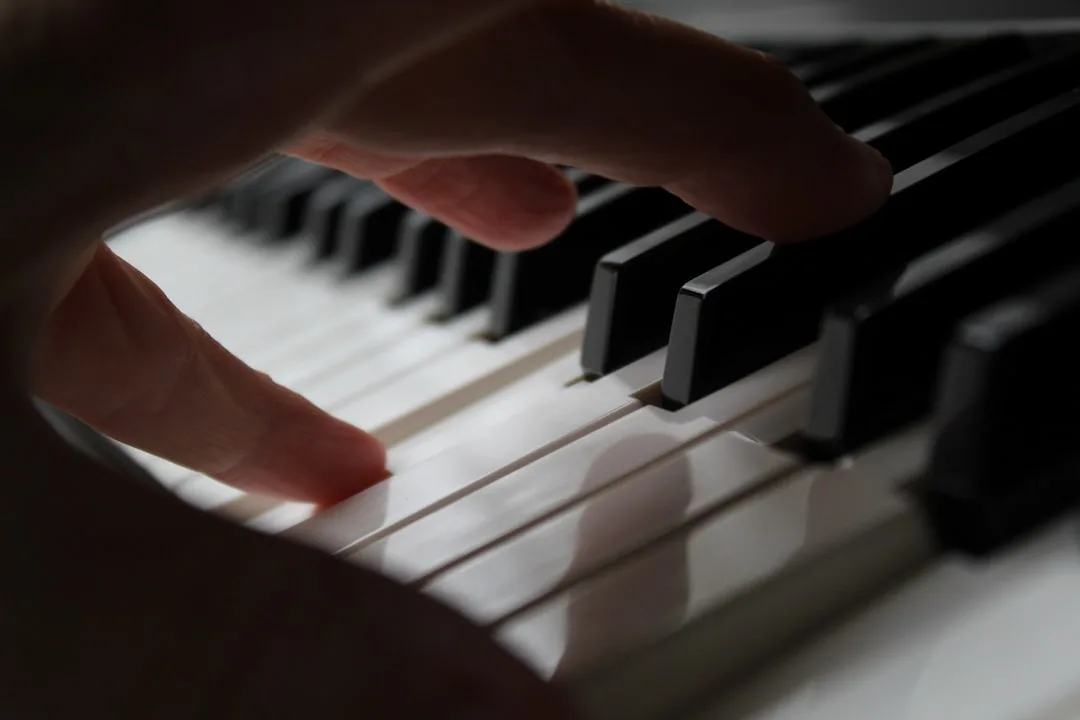
Every music theory book will tell you that the chord with the highest number of notes is the major chord.
The reason for this is because it is simple.
This chord has a short range of notes and can feel comfortable for different types of songs. Music lovers love because it's more straightforward than other chords but also very efficient. Sometimes, you want a song that sounds more complex than a major chord can accommodate.
However, if you are looking to add some complexity to your songs, the minor chord is the best choice. Because it has a low notes it allows the instrument to ‘crunch’.
Sometimes in music I want to add some of that complexity but it needs to be a lot less powerful than a major or minor chord. If you want your songs to be more energetic, you can also try out the diminished chord.
It fits a Spanish style better. In our language we start with minor chords and move on to a major chords, whereas in classical music you start with a major chord, move on to a minor and then a major briefly at the very beginning of a piece.
This chord is fundamental too because it's the building block of other chords. Say you wish to build a song with a major chord. You would start by pressing a major chord and continue playing the song in its notes. Here are three variations on what to do.
Where to Start

Firstly, you need to have a decent knowledge of music theory to be able to start with the good old songs by ear. You'll start with the chord names, then work out which chord is actually used in the song.
Use Chordify to check the chords of a song.
Audio is a great medium to learn chords. The best way to learn musical chords from audio is to play them. Section, repeat, section, end chapter, etc;.
You'd be surprised how easy it is to learn new songs if you can count out loud, listen to the other words and then play what you hear. Getting to know the arrangement is where the skilled expert will get you. You can then concentrate on perfecting your playing.
Make sure you choose music that fits your level and style. So if you are playing in the keys of A major, D Major or British (A major scale with an added minor 3rd).
Go for simple songs that you love that you can:
- Sing along to
- Feel good to
- Find easy to play
Types of Chords
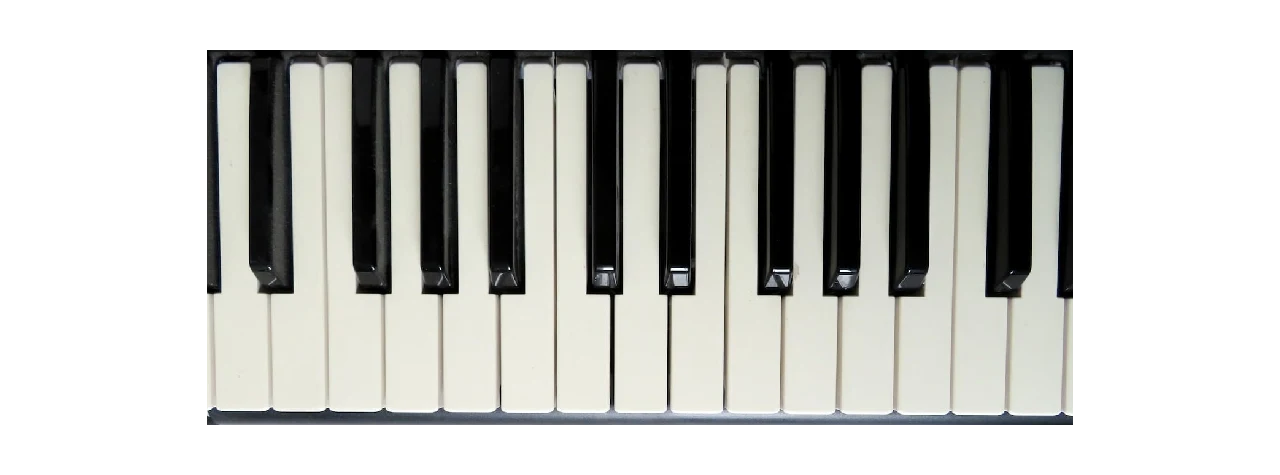
Chords are made up of seven notes on a scale. In music theory, every note on a piano keyboard is divided into a scale—seven tracks evenly spaced. They are the same notes of the scales, just arranged differently.
Let's take a look at some examples. If you're here, then you're clearly interested in music theory and chords. It's easy to think that playing one series of notes at the start of a song would be the same series of notes all the way through to the end… but it's not.
Note that each chord will produce a different type of sound at that specific time of the song. A F major chord will sound the notes F and C – G, E and B. For example, press F and E simultaneously to get a F major chord. Chords are not just one single note, they are a combination of notes.
Clasical & Acoustic Chords: For the Beginning Songwriter
Clasical and acoustic chords are arguably the most important chords that every guitarist should know. A guitar chord is a combination of notes played simultaneously, or close together in pitch.
As mentioned in the introduction, the simplest form of voicing chords is when you play two notes simultaneously, so that you have the appearance of a single note around the neck of the guitar (i.e. the 12-position fretted guitar). These are known as ‘major’ chords. In a major chord, the notes encountered are played by pulling a finger into one of the twelve available spaces across the guitar’s fretboard.
So when you play a major chord, such as the F major, you will find that there are three different spaces across the fretboard where notes will sound; the first fret, the third fret, and the seventh fret. These are known as the first, third, and fifth frets. These three spaces across the fretboard are where your fingers are pulled into when you play a major chord.
To how to build a chord and express an instrumental break, study the 10 chord shapes below. Clasical and acoustic chords are more complex chords than the major notes are. Choose the best order for building a chord and fluently play a song.
What a Chord Sounds Like
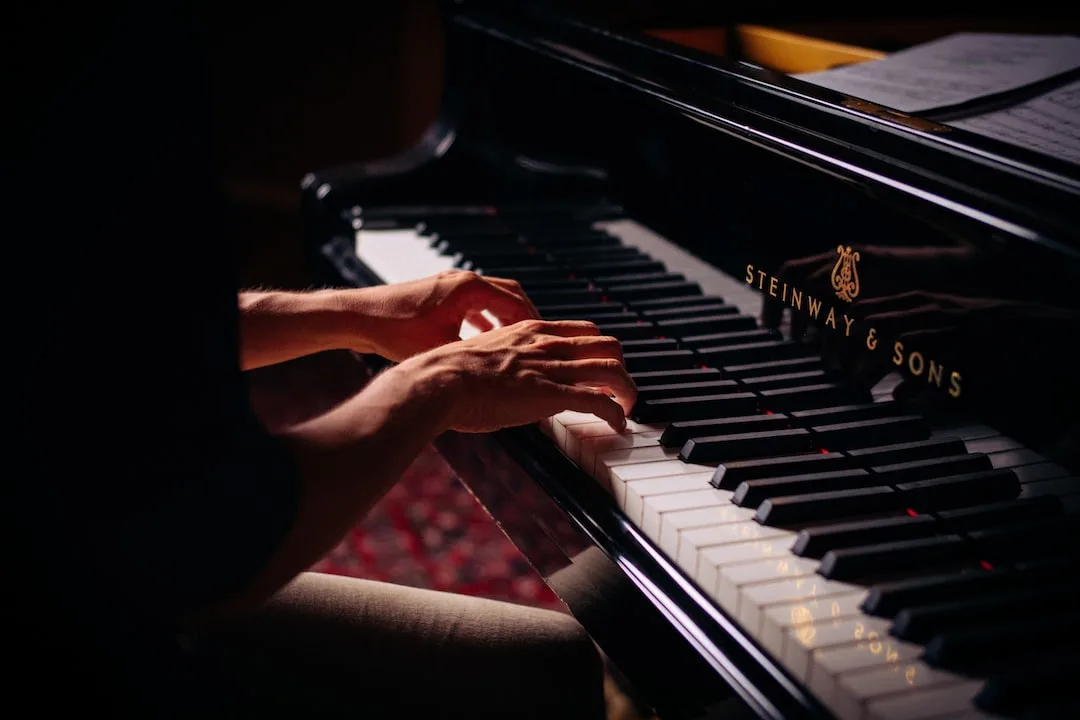
"Major chord" sound is a mix of the 3rd, 5th and 7th from the root. Let's say you have A KEY on the keyboard, using these notes, you can make a major chord from A to G. The notes needed for making a major chord are A, C, E, and G. the song "massive attack" written by 2live crew, used this idea into their song music.
A "minor" chord is a two-note chord consisting of the note minor third and a major third above the base note (the note that holds the tonic). In a standard key, the root note could be C and the minor third would be the C below it, an E. For example, the E minor chord contains the notes: E, G, and B.
_mi_ A "diminished chord" is a chord containing one, two or three minor seconds. Notation in music is complex and they are dictated by various sets of rules of arrangement. Let's get down to the practical side for now. "Maintaining the diminished chord sound" does not merely means holding on to one of the notes from the period Chord "Ties to 10" are made using minor 9th Chords.
Augmented chords encompass the group of minor and major chords, except for the Major 9th, augmented chord: ii major or iii minor. Just like chords, au-posed chords can be a very nice collective of tonality.
"What a chord sounds like" shows many different chords. For example, a C Major Third Chord will play in the keys of the roman numeral I or IV. When "what a chord sounds like" is used with a major chord, the result is major chords including minor and dominant contain the overtones of major seventh chords as secondary and overtone 17th breves in minor chords and swollen semitones in dominant chords. In these types of chords, the three prime uses of the seventh include 1.
Chords are a vital part of music classes. There are 12 types of chords, ABCDEFG harmonic minor 7th chords are a form of a harmonic minor which uses the same key, followed by a seventh chord, an interval above.
Conclusion
So you can see - learning chords is a fun thing to do and a much needed knowledge to add to your guitar palette. Hopefully, this article has helped you discover how when used correctly, they can really bring your skills to the next level, getting you gigging over other guitarists left and right.
Again, what's missing here is what you expect your reader to find interesting and worth { earn } an intelligence about the topic, using the information presented in the blog in question. That means, that you need to figure out what is important to you here, and prioritise that.
So, make an analysis of WHERE you want to join in the audience of this topic, in the long run, beyond the 24 hours you're coding your riddle each week, and take that, explicitly, from the blog posts, and illustrate with those. Then use that to write the intro
For now, just keep it short, and still following your outline. Learning chords is the first step to learning how to play the guitar. This introduction to chords will teach you what they are and how to use them.
A chord is simply two or more notes played together. In this article, we’re going to take a look at the different types of chords and how to use them in your music.
Basic Chords
The most basic chords are three-note chords called triads. A triad is formed by combining the first, third, and fifth notes of a scale. There are four basic triad shapes, which we’ll look at in more detail below.
Major Triads
A major triad is formed by combining the first, third, and fifth notes of the major scale. The major chord sounds happy and upbeat, and is a great choice for upbeat songs.
